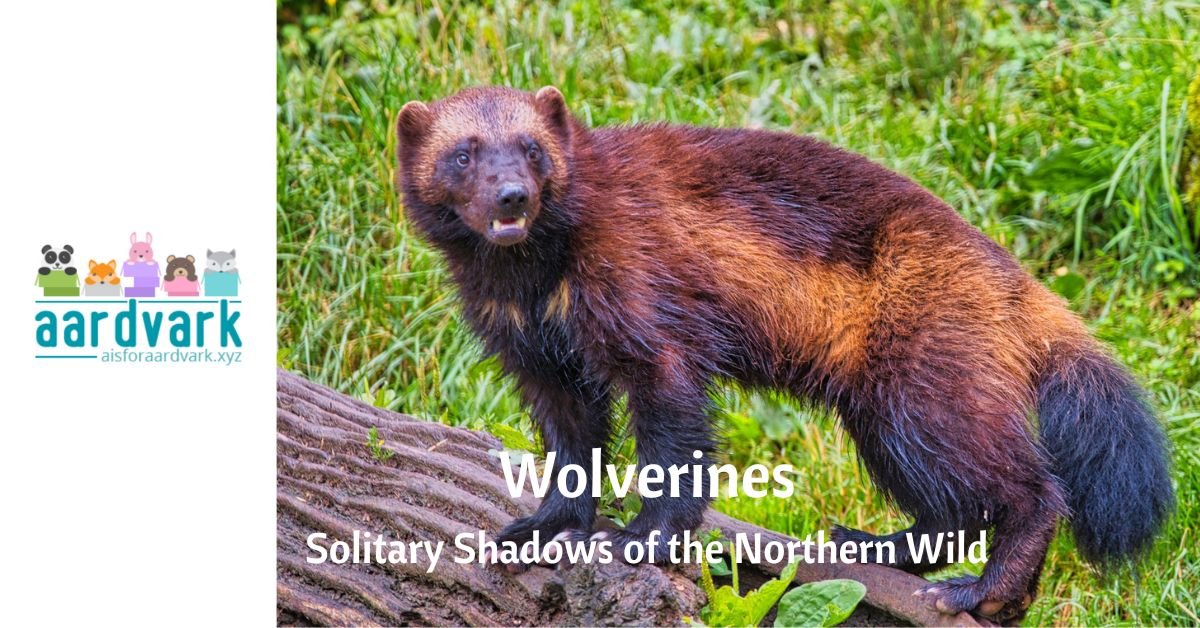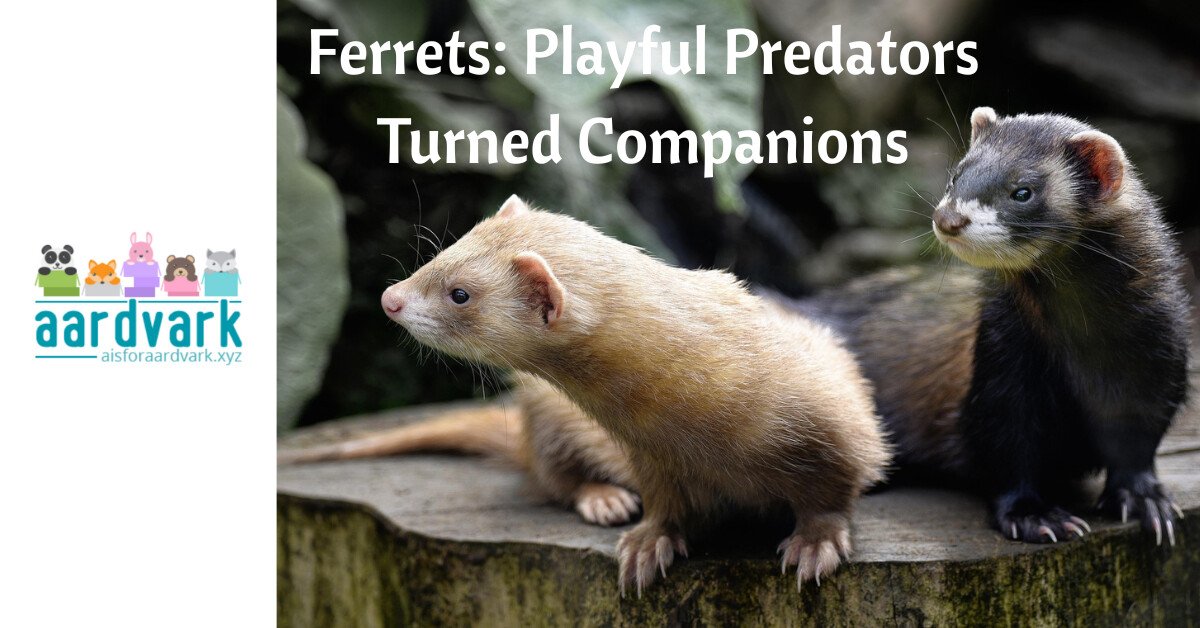Prairie dogs belong to the rodent genus Cynomys. They are one of the grassland ecosystem’s most fascinating and influential residents. These small, burrowing animals are known for their complex social structures, extensive communication methods, and significant environmental impact. Let’s have a look at their world!
Species Diversity
Prairie dogs belong to five different species: the black-tailed, white-tailed, Gunnison’s, Utah, and Mexican prairie dogs. The black-tailed prairie dog is the most widespread, inhabiting large areas of the North American Great Plains. Despite their name, prairie dogs are not canines but rodents, closely related to squirrels, chipmunks, and marmots.
Habitats
Prairie dogs are endemic to the grasslands of North America. Their range extends from Canada to Mexico, with each species occupying specific regions adapted to the unique conditions of their habitats. They prefer open areas where they can easily spot predators, and their presence is crucial for maintaining the health and biodiversity of the prairie ecosystem.
Physical Characteristics and Adaptations
Typically, prairie dogs weigh between 1 and 3 kilograms (2.2 to 6.6 pounds) and measure 30 to 40 centimeters (12 to 16 inches), including a short tail. They have stout bodies, short legs, and sharp claws ideal for digging. Their fur is generally tan or brown, providing camouflage against the grassland backdrop.
A remarkable adaptation of prairie dogs is their ability to create extensive underground burrow systems. These burrows serve multiple functions: shelter from predators and harsh weather, nurseries for their young, and storage areas for food. The burrow entrances, characterized by mounded soil, help regulate airflow and temperature within the complex.
Lifestyle: Social Structure and Communication
Prairie dogs are highly social animals, living in large colonies or “towns” that can span hundreds of acres and house thousands of individuals. These towns are subdivided into wards, which are divided into coteries, family groups consisting of one to two males, several females, and their offspring.
Communication is a vital aspect of prairie dog life. They use a sophisticated system of vocalizations to convey information about predators, social interactions, and territorial disputes. Research has shown that their calls can vary significantly, indicating not just the type of predator (e.g., hawk, human, or coyote) but also specific details about the threat.
Diet and Foraging Behaviors
Prairie dogs are herbivores, primarily feeding on grasses, herbs, and occasionally insects. Their foraging activity significantly influences the vegetation structure of the grasslands, promoting the growth of diverse plant species. By clipping grass around their burrows, they maintain open landscapes, which benefits other wildlife and increases plant diversity.
Breeding Behaviors and Lifecycle
Prairie dogs have a specific breeding season, which usually occurs shortly after they emerge from hibernation in late winter or early spring. The gestation period lasts about one month, leading to the birth of three to eight pups. These pups are born blind and hairless. They remain in the safety of the burrow for their first six weeks before emerging to explore the surface. The colony’s social structure plays a crucial role in nurturing and protecting these young prairie dogs, and communal care for the offspring is a common practice.
Prairie dogs reach sexual maturity at around one year, although not all individuals breed in their first year. Their lifespan in the wild typically ranges from 3 to 5 years, though they can live longer in protected environments or captivity.
Role in Ecosystems
Prairie dogs play a pivotal role in their ecosystems. Their burrowing activity aerates the soil, enhancing its fertility. The abandoned burrows provide habitats for other species, including endangered ones like the black-footed ferret, burrowing owls, and rattlesnakes. Additionally, prairie dogs are a vital food source for various predators, making them integral to the grassland food web.
Conservation Status and Threats
Prairie dogs once occupied vast expanses of the North American grasslands, with populations estimated in the billions. Today, their numbers are only 2% of their historical population. The primary threats to prairie dogs include habitat loss due to agricultural expansion and urban development, disease (notably, sylvatic plague), and systematic eradication efforts due to their perceived status as agricultural pests.
Conservation efforts for prairie dogs involve habitat protection, disease management, and public education to change people’s perception of them from pests to essential components of their ecosystems. Reintroduction projects and legal protections have also been implemented in some areas to help stabilize and increase prairie dog populations.
Prairie Dogs and Environmental Awareness
The plight of the prairie dog has become a rallying point for broader environmental and conservation issues. Their decline highlights the challenges facing grassland ecosystems, including biodiversity loss, habitat fragmentation, and the need for sustainable land management practices. Conservation of prairie dogs is not just about saving a single species but about preserving the health and integrity of the grasslands that support a wide range of wildlife and ecological processes.
The Role of Prairie Dogs in Ecosystem Restoration
Efforts to protect and restore prairie dog populations are critical steps in the larger goal of grassland restoration. By reintroducing prairie dogs to their native habitats, conservationists hope to rebuild the ecological functions they support, from soil aeration and vegetation management to providing prey for predators like the black-footed ferret, an endangered species that depends almost exclusively on prairie dogs for food.
Cultural Importance
Prairie dogs hold a unique place in North American culture. Indigenous peoples have long revered prairie dogs for their communal living and resilience, often seeing them as symbols of cooperation, resourcefulness, and social structure. More recently, prairie dogs have captured public interest through their charismatic behaviors, contributing to wildlife-watching opportunities and ecotourism in prairie regions.
More than just quaint inhabitants of the grasslands, prairie dogs are engineers of their ecosystems and critical players in the biodiversity of North American prairies. Their survival is intricately linked to the grassland ecosystem’s health and the conservation of other species. By understanding and addressing the challenges facing prairie dogs, we can take significant strides toward preserving the rich natural heritage of the grasslands for future generations.
As we continue to study and appreciate these remarkable animals, we see the interconnectedness of all life and the importance of conservation efforts that benefit not just individual species but entire ecosystems.







